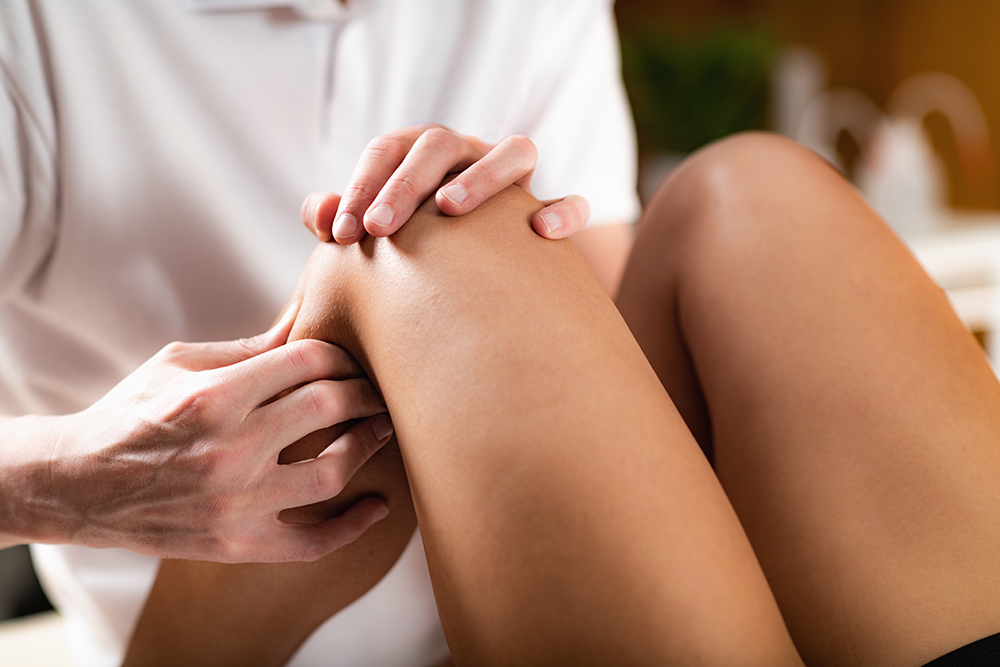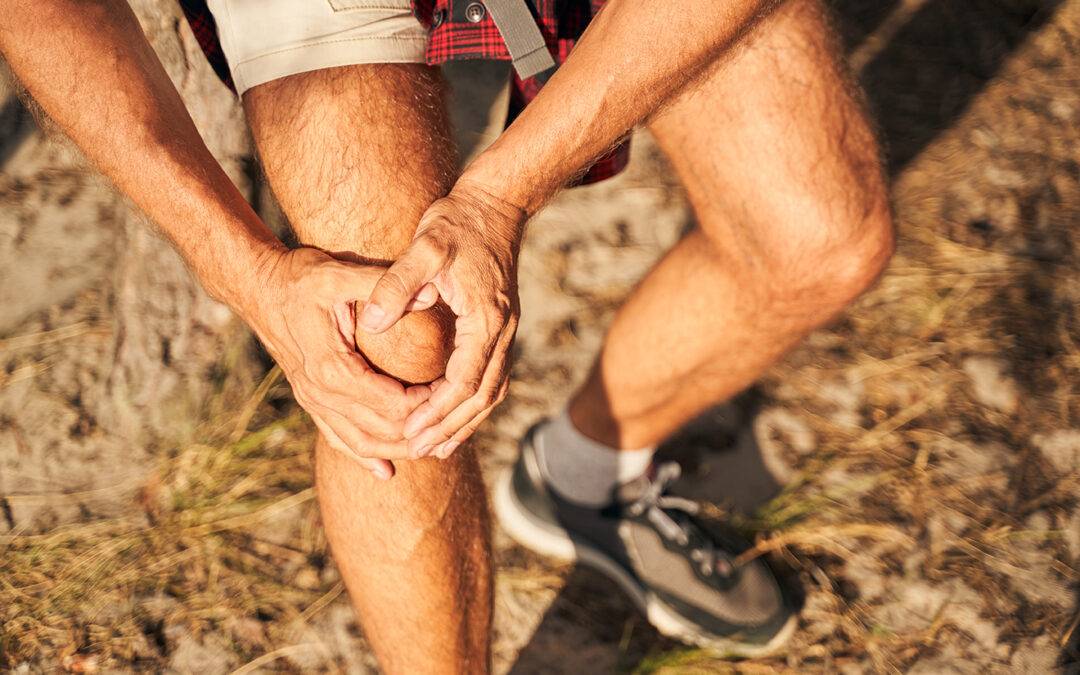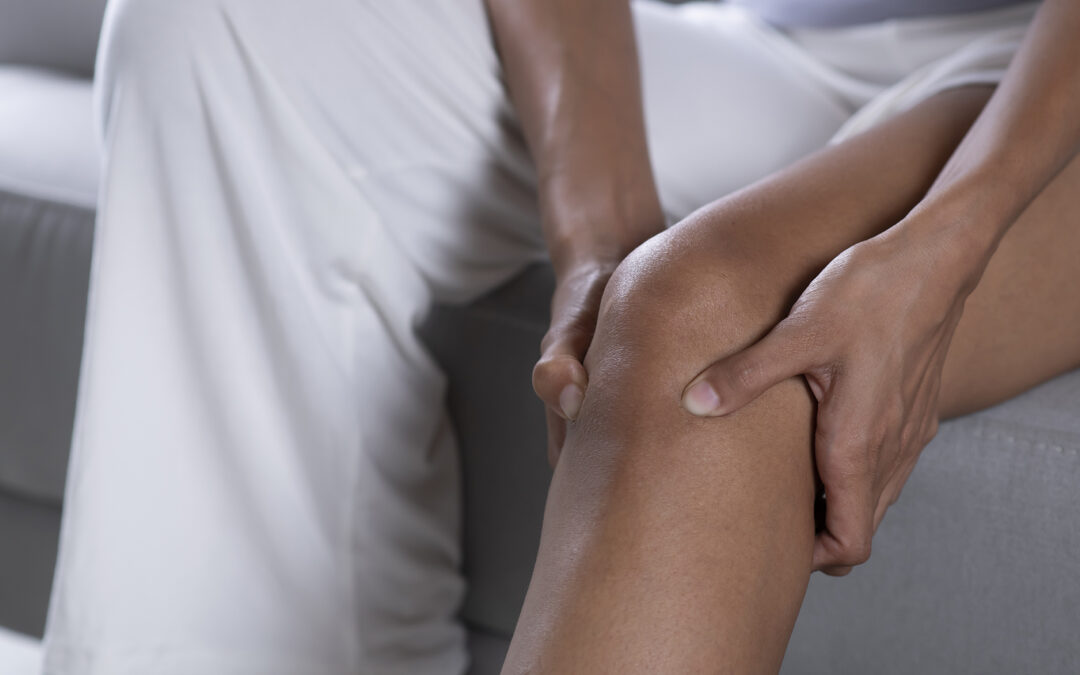Contents
Having knee pain when you go down stairs can get your day off to a bad start — and keep bothering you as you go about your afternoon and evening. Just when you’ve almost forgotten about it, one step down can send a sharp pain through one or both knees.
If you’re noticing knee pain while going down stairs for more than a couple of weeks, it’s worth seeing a physical therapist. This article will break down some of the most common causes of this type of pain and how a PT can help.
Knee pain basics
Young and middle-aged people with active lifestyles are most susceptible to knee pain when going down stairs because of the impact, friction, and possibility of misalignment or injury that comes with athletic activities. If you adjust your gait to take pressure off one knee while exercising or walking normally, it can lead to a slew of other musculoskeletal problems.
A 2019 study aimed to determine if increasing risk factors like sedentary lifestyle and obesity among adults aged 18 to 39 were associated with knee issues in this population. People who were more active tended to experience more knee pain, but researchers still encouraged people in this age group to be more active in order to prevent more serious knee problems later in life.
Some related symptoms to watch out for with knee pain are:
- Swelling and bruising.
- Stiffness.
- Grinding inside the joint.
- Cracking sensations.
- Limited range of motion.
5 reasons you might feel knee pain when going down stairs
Pain can show up in the knee when going down stairs even if you’re not aware of an injury. It could be a problem with the bones and tissue of the joint itself, a tendon, or possibly a leg muscle. Walking down the stairs puts more pressure on the knee than climbing up because the full weight of your body is absorbed by the leg stepping down. Any minor issue with your knee can flare up when going down stairs for this reason.
These injuries are extremely common with people who are young and active, so we recommend taking extra care with a knee that’s hurting. The following are the five most common issues that cause knee pain going down stairs:
- Runner’s knee — Known as patellofemoral pain syndrome or jumper’s knee, this happens when there’s a misalignment or parts of the knee joint rub together from overuse. You may feel pain around the kneecap and possibly a grinding sensation.
- Chondromalacia patella — Long-term misalignment or untreated runner’s knee can turn into chondromalacia patella. This is when the cartilage on the back side of the kneecap is damaged or broken down.
- Pes anserine bursitis — The pes anserine bursa is a fluid-filled sac situated 2 to 3 inches below the knee joint on the inside of the lower leg. It provides a cushion between the femur and hamstring tendons, and when it gets irritated from too much friction, it causes pain by swelling up with excess fluid.
- Osteoarthritis — One of the most common causes of joint problems in people over 60, osteoarthritis is wear and tear on the cartilage protecting the bones on the inside of the joint.
- Quadriceps strain — A strain in one of the front-facing quadriceps muscles can cause knee pain by pulling on the tendon attaching it to the bone. You may notice swelling or bruising and knee pain when you’re going down stairs, jumping or kicking.
How physical therapy can help
When you’re feeling knee pain going down stairs, a physical therapist can help determine if there’s a problem with the knee joint itself, if it’s being caused by a muscle pulling on the knee or if the pain is radiating from another part of the body. They may use some manual techniques to loosen up any stiffness or tightness that might be causing inflammation.
Your PT will advise you on how to exercise or care for your knee joint going forward. They might apply kinesiology tape to hold certain muscles in place while the pain heals, or they might tell you to wear a knee brace when you walk or exercise. Ask about booking a sports performance session to learn more about using good form during your activities.
These physical therapy treatments are most helpful to ease knee pain when going down stairs:
- Exercises — Your PT can teach you exercises to strengthen the leg muscles around your knees: the quadriceps, hamstrings, hip adductors (inner thighs), gluteals (back of hips) and gastrocnemius (calves). Stronger leg muscles will create support for better alignment and function.
- Kinesiology taping — Kinesiology taping for the knee can help improve circulation, reduce swelling and support the muscles surrounding the knee joint in order to increase function and decrease pain. Your PT will apply a strong, adhesive-backed stretchy tape to a specific area to stabilize your knee joint, help affected muscles function better, or reduce pain and inflammation.
- Manual therapy — Your therapist may use hands-on joint or tissue mobilization techniques to loosen up stiffness and get your knee joint functioning properly. Increased blood flow to the surrounding muscles can speed up the healing process.
Get help for your knee pain at Lattimore PT
If going down stairs is giving you knee pain, it’s best to get it checked out before it turns into a more permanent injury. It may not be that serious, but at very least, you can learn about some ways to keep your knees aligned and better supported in the future.
Contact our team today for more information or to schedule an initial appointment.



